Tax Strategies to Lower RMDs in Retirement
Is there a way to limit the impact of required minimum distributions (RMDs)? If you’ve built substantial savings in your tax-advantaged retirement accounts, you may become a victim of your own success. Proactive planning can help you avoid penalties and minimize taxes as you pull money out of your 401(k) or IRA.
Retirement plans offer an array of benefits, from smarter savings strategies to lower taxes. But eventually, Uncle Sam makes you pay for these benefits by requiring you withdraw money from your account whether you need it or not. And as a result, your savings fall victim to much higher income taxes than you anticipated.
So what exactly is an RMD? An RMD is an amount you must withdraw each year once you turn 72. The following retirement plans have RMDs:
- IRAs: Traditional, SEP, and SIMPLE
- Traditional 401(k), 403(b), and 457 plans
- Roth 401(k), 403(b), and 457 plans
- Profit-sharing plans
If you have tax-deferred retirement accounts, managing your annual Required Minimum Distribution (RMD) is a critical part of your financial plan. The key to avoiding a big tax bill is to start planning for RMDs well before your 70th birthday. Here are 4 tax-smart ways to help lower your RMDs in retirement.
1. Work Longer
One key reason for RMDs is that the Internal Revenue Service (IRS) wants to get paid for previously untaxed income. However, savers in a 401(k) who continue working past 72 and don’t own 5% or more of the company, can delay distributions from the 401(k) at their current workplace until they retire. Note that this only protects you from RMDs from your current employer’s retirement plan. You’ll still have to take RMDs from any employer-sponsored accounts you still have from prior jobs, and you can’t avoid RMDs from traditional IRAs this way.
Whether it makes sense to continue working to delay RMD taxes depends on a variety of factors, including your health, retirement goals and overall financial picture. If you enjoy your job and have no serious health issues that prevent you from doing it, delaying retirement might make sense for you.
2. Donate to Charity
If you make contributions to a charity or not-for-profit, you have the option with IRA’s to direct all or a portion of your RMD directly to these organizations. In doing so, you satisfy your RMD but avoid having to pay income tax on the distribution from the IRA…
A distribution from an IRA that is donated to charity is called a Qualified Charitable Distribution (QCD) and is not taxed as income. However, QCDs are not eligible to claim as a deduction if you itemize your tax deductions. You can also donate part of your required minimum distribution to charity and withdraw the rest as income.
3. Exploring Roth IRAs
There is one type of retirement plan that lacks RMDs: the Roth individual retirement account.
Allocating some of your retirement savings in an after-tax Roth account could set you up for tax-free investment growth and tax-free withdrawals in retirement. There are numerous factors regarding when and how much to convert to a Roth IRA. You have to do an analysis to make sure the benefits outweigh the cost to convert.
Be aware, though, that moving pre-tax money from a retirement account into a Roth IRA means you have to pay taxes all at once on those funds. Roth conversions can be expensive, whether you’re moving money from a 401(k) or a traditional IRA. Investigate your options in detail with your tax advisor.
4. Consider QLAC Annuities
A qualified longevity annuity contract (QLAC) is a multipurpose retirement-planning tool which can provide you with a guaranteed stream of income in retirement. You can fund a QLAC using money you’ve saved in your 401(k) or an IRA, and the annuity starts paying you back at the year of your choosing before you turn 85—when you must begin taking payments. Any money you move into a QLAC is excluded from RMD calculations.
If you’re interested in a QLAC, it’s important to understand what you’ll pay and what you’ll get in return, and the amount of retirement savings you can place in a QLAC is limited. For the 2021, you can contribute up to 25% of your retirement asset balance or $135,000, whichever is less. For example, if you have an IRA with a balance of $160,000, you can elect to contribute $40,000 to your QLAC, thus excluding $40,000 from your RMD.
Conclusion
If you have tax-deferred retirement accounts, your financial plan should always include managing your annual Required Minimum Distribution (RMDs). With some careful planning there may be ways to reduce what you owe.
If you’d like more resources on how you can minimize (or even prevent) unexpected retirement expenses, contact the retirement income advisors at Agemy Financial. Our firm exists for the purpose of helping people achieve their personal and financial goals. Our philosophy is to deliver quality financial programs and teach principles for successful living.
Located in Denver, Colorado and Guilford, Connecticut, we work hard to deliver a dependable retirement income strategy, in any market, so that our clients can enjoy the “best” of their lives during retirement. We look forward to working with you soon.
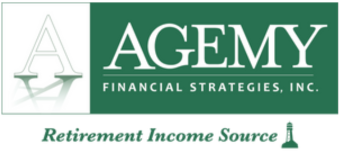
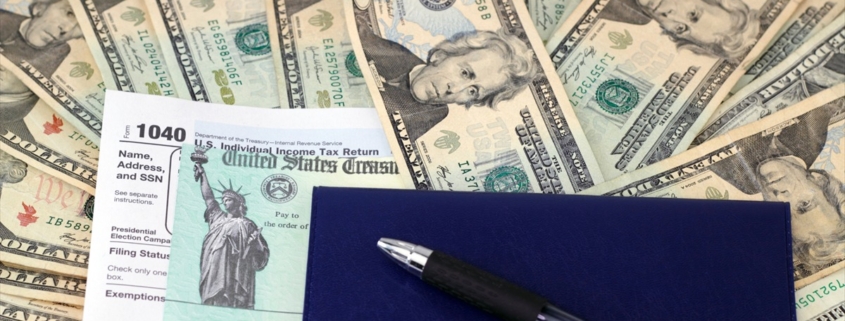
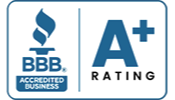
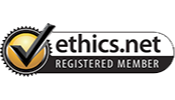
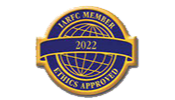


Leave a Reply
Want to join the discussion?Feel free to contribute!